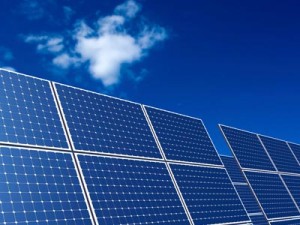After a slow start into the first six months of 2010, solar energy is on the rise – at least on Wall Street.
According to a recent Barron’s article, the solar industry in general is on a more firm foundation than the Street generally believes.
Could there also be something else at work that has raised the profile of solar energy as a viable and mainstream clean energy alternative?
With the ongoing environmental and economic disaster of the Gulf oil spill, solar energy has quickly moved back into the global conversation about energy options. Look no further than the World Cup.
In our June 12th article about the 2010 FIFA World Cup and the record numbers of viewers around the globe, we pointed to Yingli Solar, a leading solar energy company, as an up-and-coming advertiser who recognized the branding and strategic opportunity of the World Cup to introduce the company and brand with on-field advertising. After investing $20 million for 64 games and gaining worldwide exposure in TV, online and mobile audiences, the six-year old company now has the eye of a major investor.
As reported in The New York Times, “The World Cup is a fantastic platform to get our name out,†according to Robert Petrina, managing director for the Yingli Green Energy Americas division of Yingli who likened the growing interest in soccer in the United States to the growing interest in sources of renewable energy like solar panels.
Our company is well known in the industry we’re in and has grown to be one of the best-known brands in the space. But to move to the global stage is a massive step. The decision was made with the input of all the various offices around the world,†he added, which include Madrid, Munich and Rome — located in three soccer-mad nations, it should be noted.
Over 64 games, the $20 million investment equates to $312,500 per game. Considering that FIFA officials expect to exceed a cumulative 26 billion people, an average of approximately 400 million viewers per match, and factoring the additional online and mobile audiences, both the company and solar energy industry gained exposure. For Yingli, the investment has already achieved even more with a commitment of $5.3 billion to expand its manufacturing operations.

